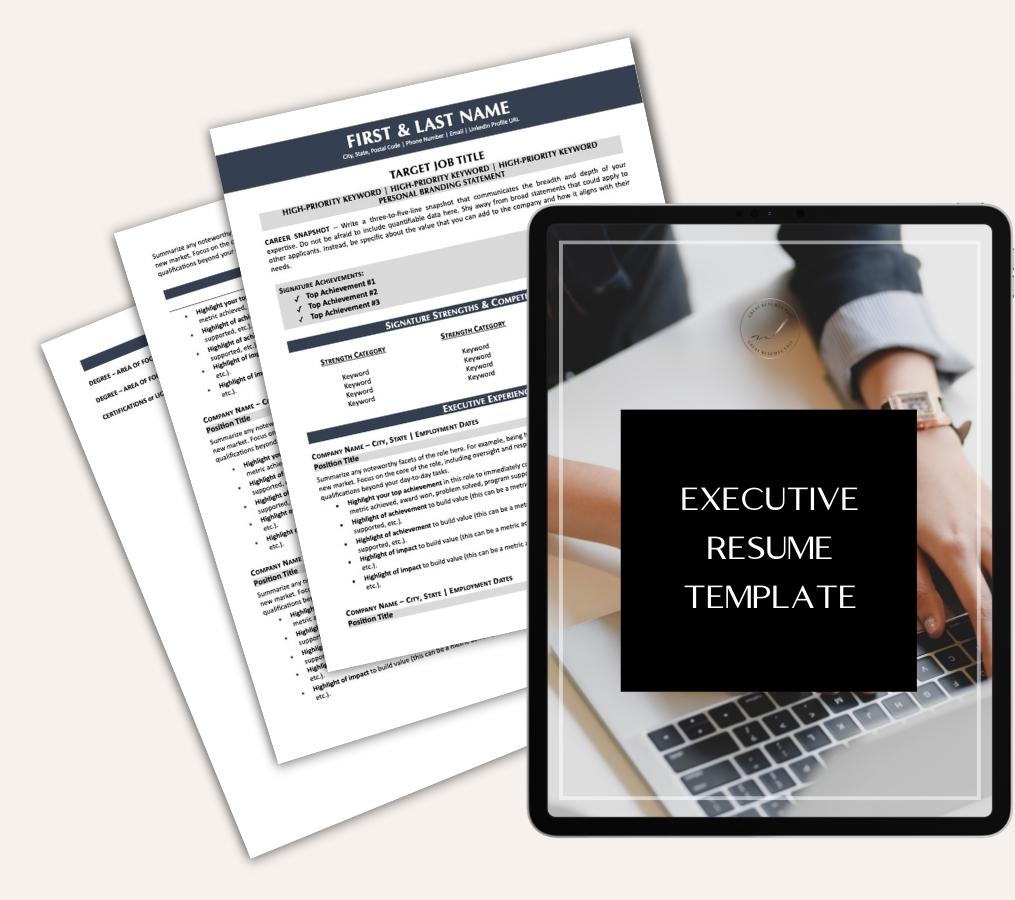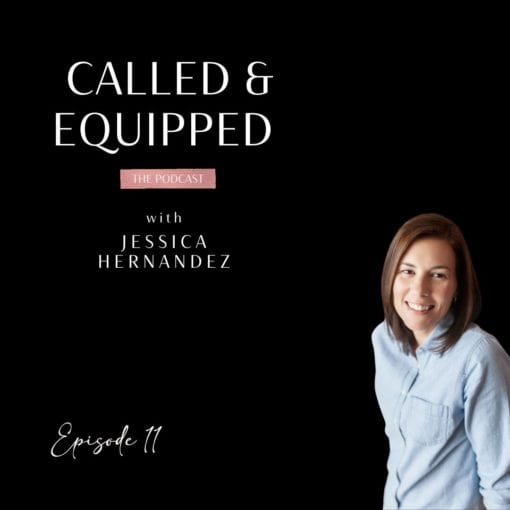3 Strategies to Give Your Resume a Competitive Advantage Podcast
Is it hard for you to identify your competitive advantage and convey it on your resume? I speak with job seekers every day who struggle to write a resume that reflects their value and accomplishments. They know that they have the experience and skills for the position, but communicating it clearly and concisely is a whole other matter.

So is there a secret success formula that you can use to give your resume a competitive edge over other applicants?
What your resume needs is to clearly show the hiring manager who you are, why you’re the best fit for the role, and how you’re going to meet their needs.
In order to do that, your resume needs:
- A clear job target
- Documented accomplishments
- An attractive format
Give Your Resume a Clear Job Target
The vast majority of recruiters want to read resumes that are tailored to the position. They also rate related experience as the number one factor in their hiring decision.
When a hiring manager reviews your resume, it should be very clear which position you’re targeting and the relevant experience you have related to the role.
One quick and easy way to do this is to list the position title at the very top of your resume. Whatever the title of the target position is, include it at the top of your resume. It’s important to note this needs to be customized as you apply to different roles. If you do this, you’re hitting on two important fit factors that hiring managers are looking for—confirmation that you’re targeting the specific position, and that you’ve customized your resume to the role.
Pro tip: Avoid using generic terms like sales professional, human resources professional, or executive leader in your career summary or at the top of your resume. These terms mean very little and are not search terms that recruiters use when searching for candidates. Instead, use the exact position title.
Focus on Conveying Accomplishments
Don’t just tell the hiring manager what you did while you were there—they can look up a job description any day. Show them through accomplishments and contributions that are quantifiable. Use clear statements that paint a picture of exactly what you accomplished and how you accomplished it.
One of the best ways to do this is by using a C.A.R. format—this stands for challenge, action, and result.
For each position, focus on the challenge you faced, the action or actions you took to address the problem or challenge, and the results of the action you took.
An example of a resume bullet written using this format is:
Secured $2.1M+ savings in banking fees across all UAE markets by negotiating RFPs. Created new platform, implemented SEPA-compliant services, and restored troubled bank relationships to optimize payment services.
Try doing the same when writing your resume bullets.
Start with an action verb, follow it up with a quantifiable result, and then show how you delivered the result and the challenge you faced.
If you’d like a list of action verbs, check out this free PDF list I created with 170+ resume action verbs and high-impact phrases.
Sometimes you can leave off the challenge and just mention the action and the result. An example of a resume bullet that’s focused on just the action and result looks like this:
Transformed Prudential’s treasury organization to support EMEA, achieving $2.2M savings by consolidating treasury into a centralized operating model.
Pro tip: Use bolded text to draw more attention to the result you want the employer to read.
Use a Resume Format That Appeals to Hiring Managers
Hiring managers have preferences when it comes to the length, style, and format that candidates use on their resumes.
Recent studies conducted by various recruiting and resume organizations have found that a two-page resume is almost three times more likely to get an interview. So, the myth of the one-page resume is unfounded.
Recruiters also prefer resumes that are in a chronological or hybrid format versus a functional format.
If you’re not sure what those formats are, you can read more about each one here.
Aside from the format and length, I’ve seen many job seekers use a two- or three-column resume design. While these may be functional for compartmentalizing information and separating resume sections, they’re terrible for applicant tracking systems (ATS).
If you upload your resume into an ATS and the information isn’t parsed correctly and you end up having to manually input all the information, it may be the columns and formatting that’s messing up the retrieval of information.
Consider using a format that doesn’t include separate columns of information where the content flows evenly down the page.
You can see examples of resumes using this format here on our resume samples page.
I would also encourage you to explore modern resume design, incorporate some use of color, and include plenty of white space. These will make the resume easier to read. When you’re only getting a six-second scan from a recruiter, presentation is key in that first impression.
So, there you have it. Three strategies for giving your resume a competitive advantage. If you use a clear job target, clearly and concisely convey your accomplishments, and use a format that appeals to hiring managers, you’ll stand out and get more interviews.
Take a few minutes right now to answer some questions and get a detailed breakdown of your resume stand out success formula.
Your result will include:
==> the answer to the question “how do I stand out in the proverbial stack?” and make recruiters take notice.
==> a breakdown of the 3 phases of the hiring process you need to understand in 2021 and how to master each one.
==> an overview of your unique strengths and how to position your soft skills alongside the logistics that make you impossible to ignore.
==> insight into your blind spots and strategies for turning your perceived weaknesses into strengths.
==> easy to reference resume examples and so much more…
TAKE THE QUIZ NOW & GET YOUR RESUME SUCCESS FORMULA
Read more about how you can find and convey your unique differentiators here: How to Find and Convey Your Unique Differentiators on Your Resume.
If you are struggling to write a cover letter that will guarantee you an interview for that perfect-fit position, here are my top 3 Cover Letter Writing Strategies to Guarantee Interviews.
Let’s connect and continue the conversation on Linkedin. You can send me an invite here.
Share this post:

About the author
Jessica Hernandez, President, CEO & Founder of Great Resumes Fast
Hi, I’m Jessica. I started this company back in 2008 after more than a decade directing hiring practices at Fortune 500 companies.
What started as a side hustle (before that was even a word!) helping friends of friends with their resumes has now grown into a company that serves hundreds of happy clients a year. But the personal touch? I’ve kept that.
You might have seen me featured as a resume expert in publications like Forbes, Fast Company, and Fortune. And in 2020, I was honored to be named as a LinkedIn Top Voice of the year!
I’m so glad you’re here, and I can’t wait to help you find your next perfect-fit position!
Improve Your Resume: Download Your Free Executive Resume Template Today
Are you struggling to create an executive resume that will impress employers? Download this free executive resume template and receive a series of 10 emails with expert guidance on how to write resume content that resonates with employers so you get more interviews.
It's everything you need to stand out, make an impression, and accelerate your job search.









